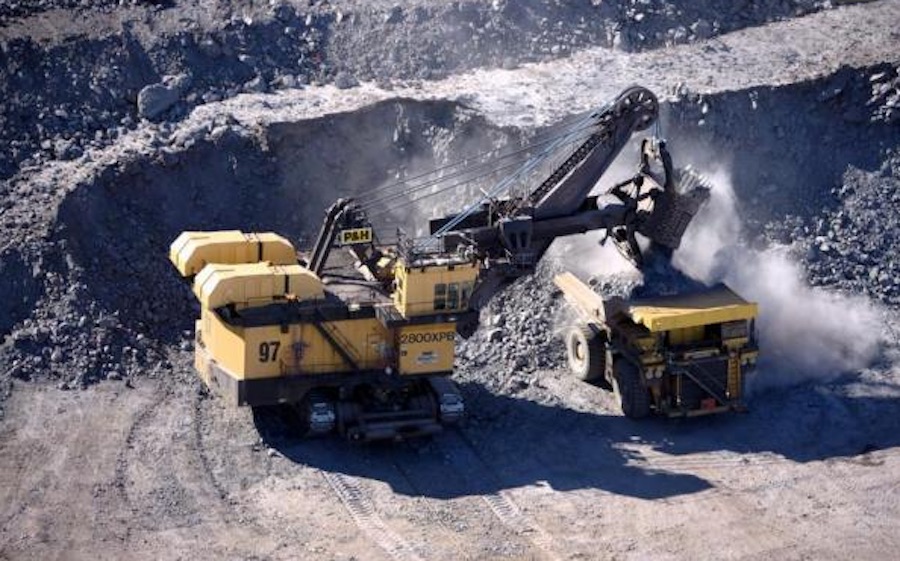
The Iron Ore Company of Canada (IOC) is taking advantage of rocketing iron ore prices by pushing forward with its Wabush 3 iron ore mine in Labrador, Canada.
IOC, majority-owned by Rio Tinto (LON:RIO), said last week that a new pit will be constructed next to the existing Luce pit, which is part of the company’s Carol project in Labrador City. The provincial government approved the Wabush 3 expansion in September 2015.
Through a $79 million investment, Wabush 3 is expected to increase output by around 5 million tonnes per annum, and extend the life of mine by 12 years.
Through a $79 million investment, Wabush 3 is expected to increase output by around 5 million tonnes per annum, and extend the life of mine by 12 years, CBC News reports. The project is expected to create about 70 jobs – which is welcome news for Labrador West, an iron ore-producing hub that has been hard hit by the mining downturn. Wabush Mines was closed in fall, 2014 by owner Cliffs Natural Resources (NYSE:CLF), a victim of low iron ore prices. Around 500 workers lost their jobs, with a handful left on to handle care and maintenance.
Last year the gloom and doom over the small mining town of Wabush was temporarily lifted, when it was revealed that an American buyer, Virginia-based ERP Compliant Fuels, had submitted a bid to owner Cliffs Natural Resources (NYSE:CLF). Hopes quickly faded away, as ERP decided last May not to proceed with the transaction.
The $250-million Wabush 3 mining project was put on hold in May last year as well, with the company citing poor performance including “lower cash generation, shortfall in production, and failure to ship the quantity and quality of product to customers as scheduled,” IOC president Kelly Sanders said in a memo to staff at the time.
Nine months later the mine appears to be in a better position. CBC quotes CEO and president, Clayton Walker saying “We’ve increased our productivity, our safety is on the way up, we’re seeing increased attendance, all those things helped to to give the shareholders confidence that they could invest in the mine.” Construction on Wabush 3 is expected to start in the spring, with production set for the second half of 2018.
Along with the Carol mine, concentrator and a pelletizing plant in Labrador City, as well as port facilities located in Sept-Îles, Quebec, IOC also operates a 418-kilometre railroad that links the mine to the port.
In operation since the 1960s, the Carol mine produces concentrated iron ore and processed pellets for transport by train to the port of Sept-Îles on the Gulf of St. Lawrence and from there to global customers.
The project currently consists of: